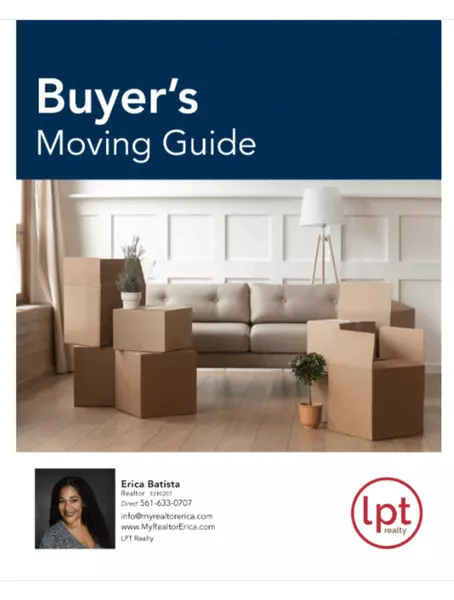Sign Up for Community Resource Alerts
Contact The Abbey Collection today to get started on your real estate journey with the experts for Colorado Luxury Real Estate.
CLICK HERE
Setup Your Automated Home Search
Contact The Abbey Collection today to get started on your real estate journey with the experts for Colorado Luxury Real Estate.
CLICK HERE
Setup a Complimentary Virtual or In-person Consultation
Contact The Abbey Collection today to get started on your real estate journey with the experts for Colorado Luxury Real Estate.
CLICK HERE

Erica Batista
REALTOR, CDPE, & Area Leader for Allure West Palm Beach | License ID: 3310207
+1(561) 633-0707 | info@myrealtorerica.com
Get Homebuyer Resources




